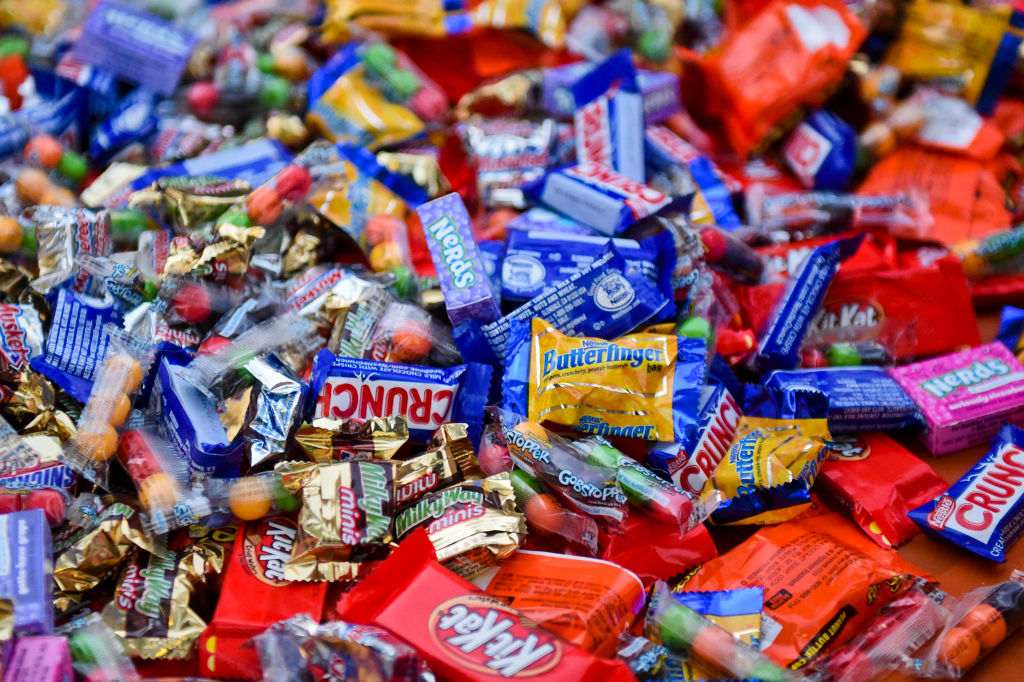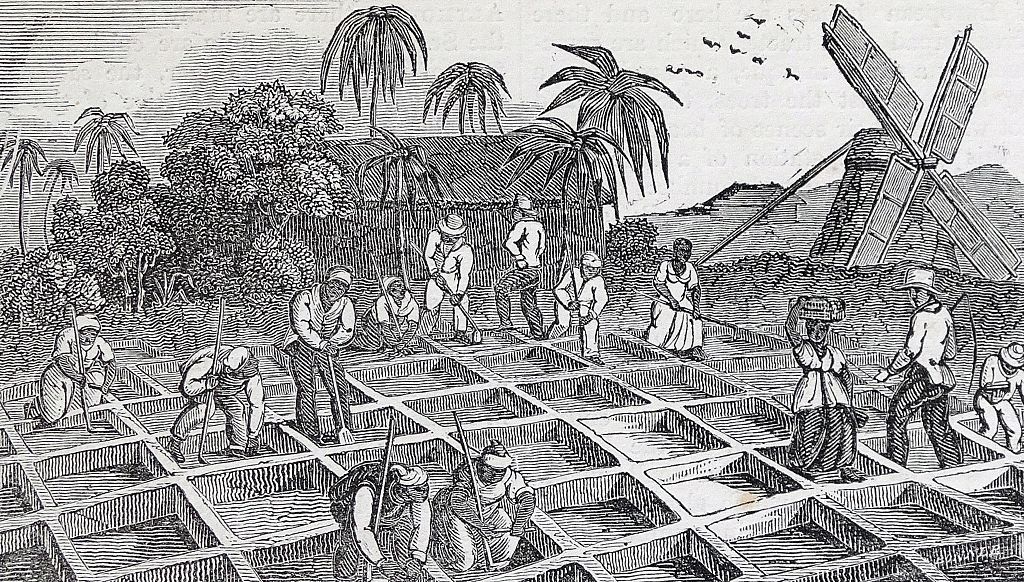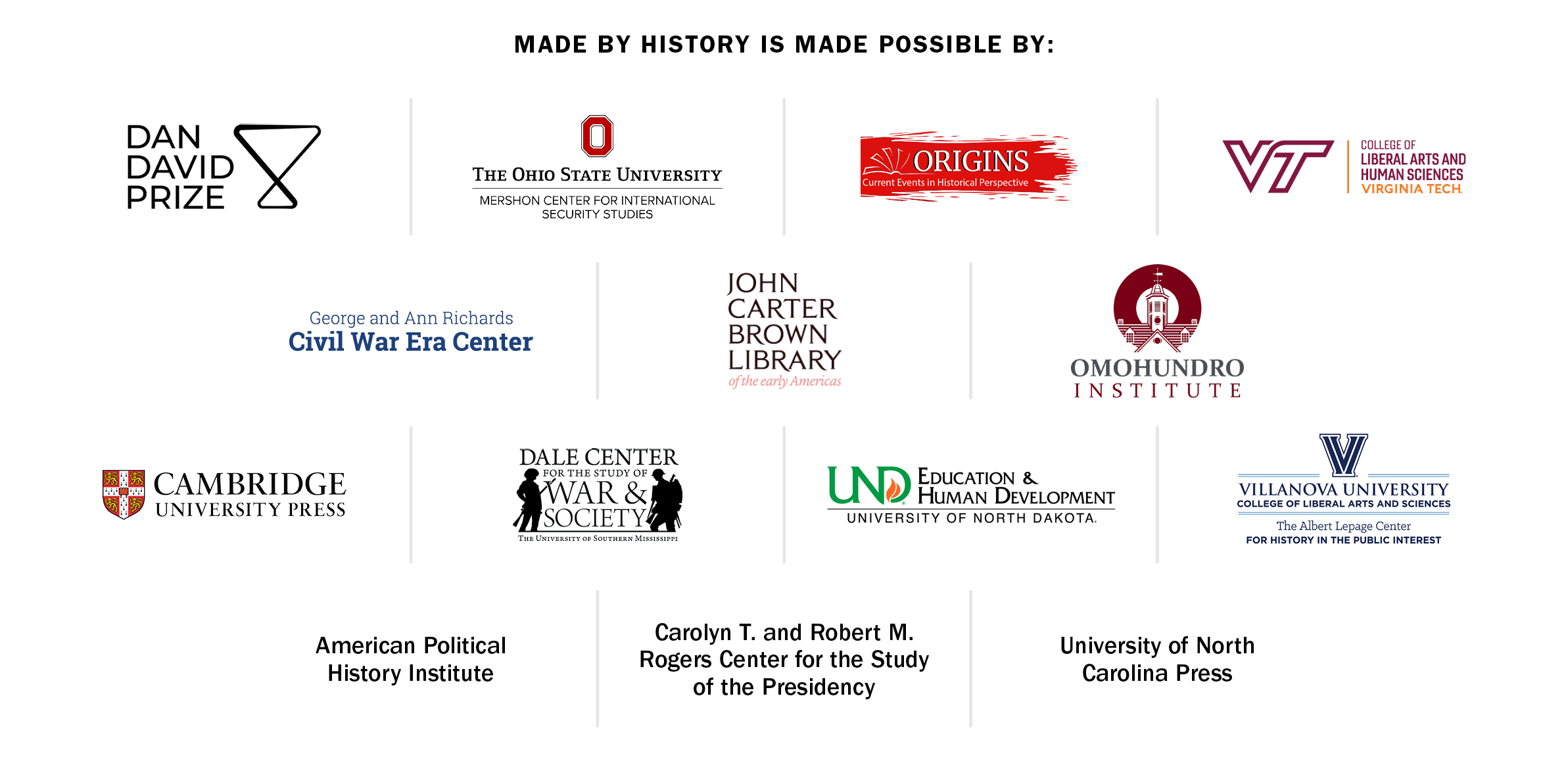
Cornflakes and yogurt, ketchup and salad dressings, sodas and sports drinks: what do they all have in common? Lots and lots of sugar.
The sweet stuff is all around us. It wreaks havoc on our bodies and contributes to obesity. It is actually rooted in a food system that has long reproduced systemic inequality: from slavery to colonialism to our modern food industries that have made sugary food cheap and easily accessible to marginalized communities. Indeed, we might think craving sweetness is innate, but that is far from the whole story.
For most of human history, crystalline sugar simply did not exist, and people were happy with honey, sweet beans, glutinous rice, barley, or maple syrup. More than 2,000 years ago, however, peasants in Bengal learned how to boil cane juice into a raw dark sweet mass. But that alone didn’t drive sugar consumption. Indeed, just two centuries ago even in the wealthiest countries, people rarely consumed more than a few kilograms a year—while today, in many high- and middle-income countries, people annually consume 30 to 40 kilograms, and in the U.S. more than 45 kilograms. And this figure does not include High Fructose Corn Syrup, a caloric sweetener widely used by the U.S. beverage industry.
What happened?
This explosion of sugar consumption was entwined with imperialism and the rise of modern industrial societies, where sugar became a cheap supplier of calories for urban workers and industrialization enabled the mass production of refined sugar.
More From TIME
Read More: Why Ultra-Processed Foods Are So Bad for You
Initially, white crystals of purified sugar were so precious that emperors, rajas, and caliphs ordered it to be molded in sculptures to decorate their lavish dinner tables. Sugar was also coveted as a medicine. Dissolved in a bit of water it did wonders for people suffering from intestinal diseases, and generally reinvigorated exhausted human bodies.
Across Asia, long caravans crossed the deserts loaded with sugar and other spices and precious metals. Indeed, Europe was entirely marginal to this history of sugar. That all changed after the 15th century, when sugar gradually became part of urban consumption in Western Europe.
By 1500, demand in Europe outgrew production in the Mediterranean region and it was not long before sugar production found another frontier: the Americas. Tragically, it led to the enslavement of millions of Africans. Overall, of the approximately 12.5 million people who were kidnapped in Africa and survived their transport across the Atlantic, nearly two-thirds ended up on sugar plantations. Conditions were horrible at plantations of all kinds throughout the Americas, but those on the sugar plantations were the worst.

The consumers of sugar in Philadelphia, London, and Paris became more and more aware of these horrors, being informed about frequent slave rebellions by the rapidly growing printed press. A vocal minority of literate, urban people in Europe and the U.S., especially Quakers, increasingly protested slavery as a mortal sin. A popular pamphlet condemned the consumption of sugar “stained with spots of human blood.” Thanks to dozens of petitions with hundreds of thousands of signatures, in 1807 the British Parliament decided to ban the slave trade in territories under its control.
But sugar production and consumption endured. The German inventor Karl Franz Achard developed an industrial process for extracting sucrose from beet roots instead of sugar cane. Other enthusiastic entrepreneurs advocated opening up trade with India, arguing that sugar could be obtained there in much larger quantities and at a lower price. Neither Indian sugar nor beet sugar could make slavery disappear. By the 1860s, half of the sugar consumed by the industrial workers in Europe and North America was still produced by enslaved people. It was the world’s most traded commodity.
Read More: Inside Barbados' Historic Push for Slavery Reparations
Government subsidies helped to ensure its overproduction, leading to steadily declining prices, which facilitated consumption. In late 19th-century Europe, farmers switched from wheat to beets to create beet sugar, resulting in beet sugar making up 50% of all internationally traded sugar by 1900. As the U.S. gained imperial power over Hawaii, Cuba, Puerto Rico, and the Philippines after 1898, it also build a strong beet sugar industry. The federal government introduced the Sugar Program in 1934, a system that protected American farmers and provided a market for its client states. Throughout the 20th century the world’s largest beet and cane sugar exporters tried to rein in overproduction and sugar dumping, notably through the Brussels Convention of 1902 and the International Sugar Agreement of 1937. These treaties did not hold, however, and the flooding of the world with cheap sugar continued.
But what about the consumers? How did they become accustomed to devouring so much sugar, from a spoonful per week by 1800 to almost a kilogram every week for the average American today? In the 19th century, urban workers were often undernourished and lacked energy. According to the medical wisdom of that time, all a proper diet needed was a fair amount of calories, and sugar was the cheapest and fastest way to achieve this. The U.S. army leadership—as well as their counterparts in Europe and Japan—added sugar to the rations of recruits, to increase their endurance. From there runs a straight line to the chocolate bars and Coca-Cola that traveled with GIs liberating Europe from the Nazi regime.

Yet stuffing our food with sugar did not happen unaccompanied by any warnings. By the early 19th century, the medical profession already guessed a significant correlation between sugar, obesity, and what’s now known as type 2 diabetes. The first low-carb, non-sugar diet was published by Britain’s William Banting in the 1860s and achieved wide popularity. But his work was almost forgotten in the subsequent decades.
Of course, people did know that sugar in large quantities could make you fat and sick, but the sugar industry, and the beverage industry, devoted marketing efforts to convincing people of the opposite. Sugar corporations, for instance, contributed to research that identified fat and not sugar as the real danger to our heart and veins, while beverages are too often advertised as delights and part of sportive lives.
Read More: Soda Taxes Are a 'No-Brainer' for Public Health, Says the Author of a New Study on Them
And yet, the history of sugar has an important reminder for navigating this health crisis today: it shows that there is nothing natural about the amount of sugar we consume now; it is the result of a confluence of political, social, and economic forces. We need to understand that our overconsumption of sugar is only to a limited extent a matter of individual choice and very much the result of how over the past centuries much of our food has become an industrial product. Sugar played a central role in it. The next chapter in the history of sugar is up to us, particularly as citizens summoning our governments to protect not only industrial interests and but also our public health.
Ulbe Bosma is Professor of History at the VU University Amsterdam and Senior Researcher at the International Institute of Social History Amsterdam, and the author of The World of Sugar: How the Sweet Stuff Transformed Our Politics, Health, and Environment over 2,000 Years, published by Harvard University Press.
Made by History takes readers beyond the headlines with articles written and edited by professional historians. Learn more about Made by History at TIME here.
More Must-Reads from TIME
- Why Biden Dropped Out
- Ukraine’s Plan to Survive Trump
- The Rise of a New Kind of Parenting Guru
- The Chaos and Commotion of the RNC in Photos
- Why We All Have a Stake in Twisters’ Success
- 8 Eating Habits That Actually Improve Your Sleep
- Welcome to the Noah Lyles Olympics
- Get Our Paris Olympics Newsletter in Your Inbox
Write to Ulbe Bosma / Made by History at madebyhistory@time.com
